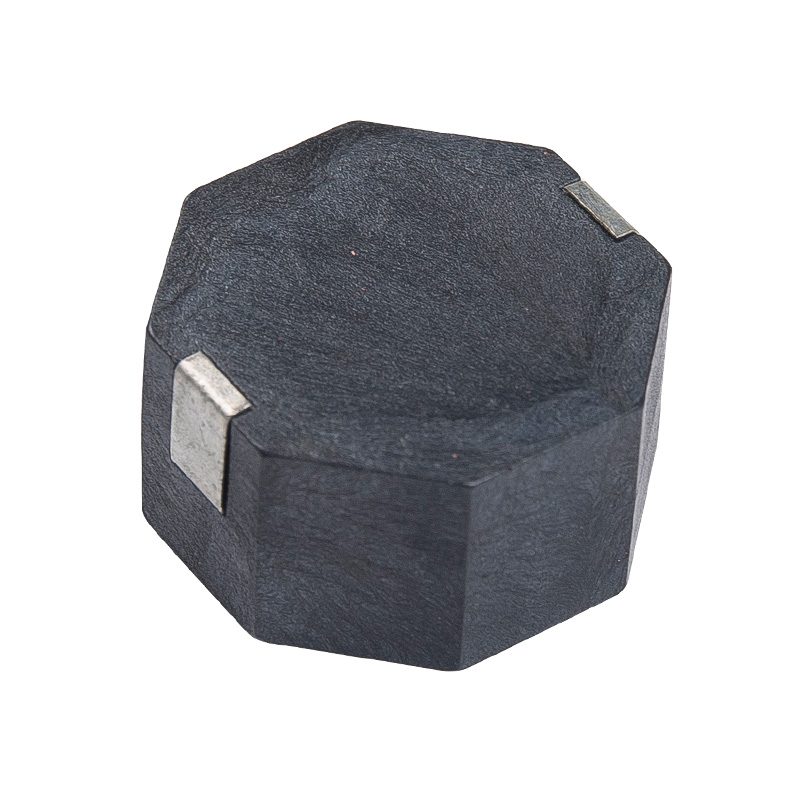To implement an SMD (Surface Mount Device) Buzzer Passive on a printed circuit board (PCB), a soldering technique known as "reflow soldering" or "surface mount technology (SMT)" is commonly used. Here's a step-by-step guide on how the SMD Buzzer Passive is implemented on the PCB using the SMT process:
1. Preparation: Ensure that the PCB design includes the appropriate footprint and pads for mounting the SMD Buzzer Passive. The PCB layout should match the dimensions and specifications of the SMD Buzzer's package.
2. Application of Solder Paste: Solder paste, a mixture of flux and solder particles, is applied to the PCB pads where the SMD Buzzer will be mounted. This is typically done using a stencil that aligns with the pads' locations.
3. Placement of SMD Buzzer: The SMD Buzzer Passive is then placed onto the solder paste-covered pads manually or using automated pick-and-place machines. The SMD Buzzer's contacts (terminals) align with the corresponding pads on the PCB.
4. Reflow Soldering: The PCB with the mounted SMD Buzzer is transferred to a reflow oven. In the reflow oven, the temperature is precisely controlled to go through a series of heating and cooling phases. The solder paste on the pads undergoes reflow, melting and forming a secure bond between the SMD Buzzer's terminals and the PCB pads.
5. Cooling and Solidification: Once the solder has melted and formed the connections, the PCB exits the reflow oven and begins to cool down. The solder solidifies, creating strong and reliable solder joints between the SMD Buzzer and the PCB.

6. Inspection and Quality Control: After the soldering process, the PCB undergoes inspection to ensure proper soldering and alignment of the SMD Buzzer. Visual inspection and automated tests may be performed to check for any defects or improper connections.
7. Further PCB Assembly: If the SMD Buzzer is part of a larger electronic assembly, other components are added to the PCB through additional SMT or through-hole soldering processes.
8. Final Testing: Once the entire PCB assembly is complete, the final product undergoes functional testing to verify that the SMD Buzzer and all other components are functioning correctly and meeting the desired performance criteria.
The implementation of SMD Buzzer Passives using the SMT process allows for high-speed and efficient manufacturing of electronic assemblies. It enables compact and low-profile designs while ensuring reliable electrical connections and consistent performance of the SMD Buzzer in various electronic devices and applications.


 EN
EN  English
English Deutsch
Deutsch 中文简体
中文简体
